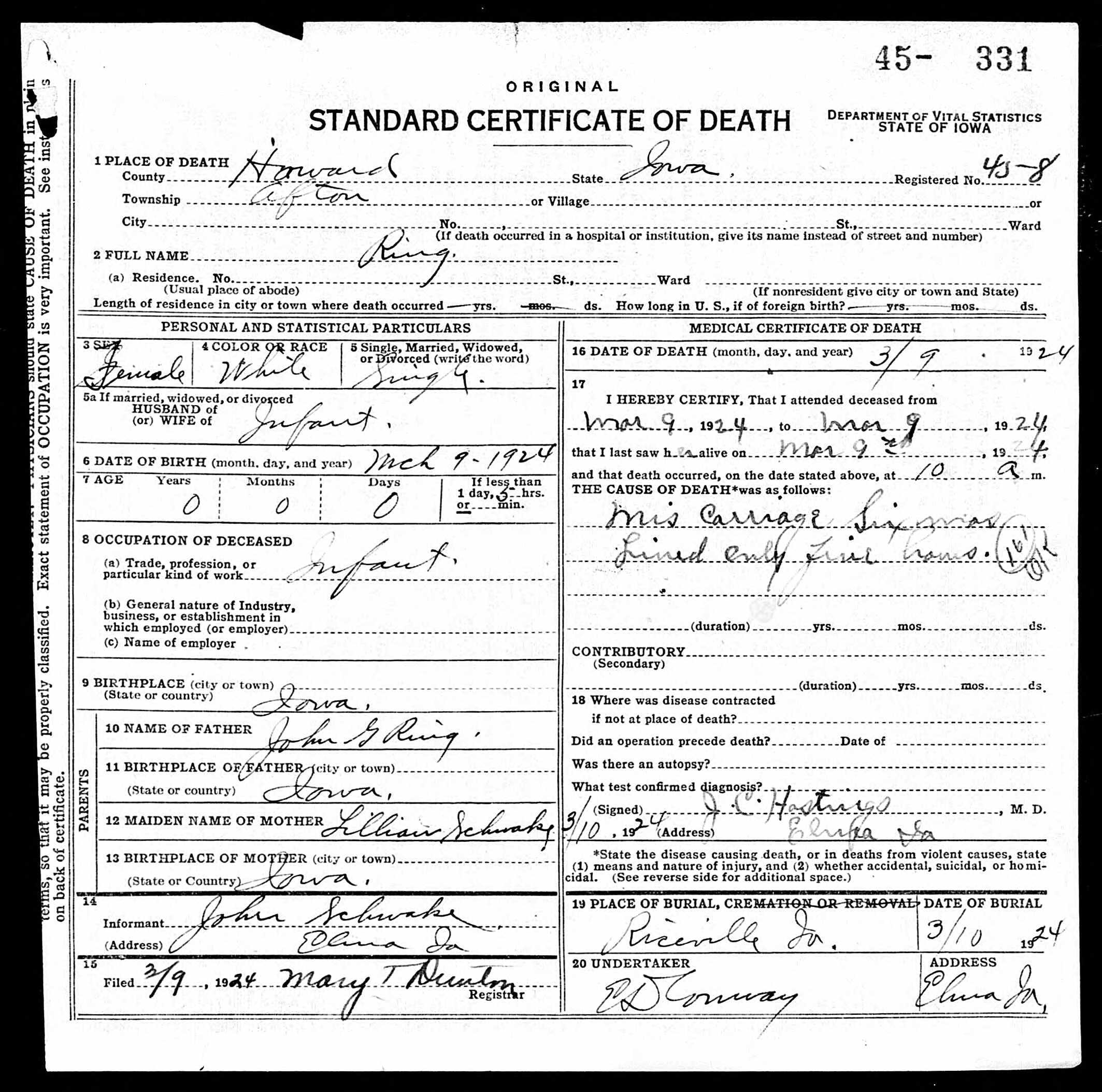Every nonprofit leader has that moment when a new idea catches your attention and your mind immediately starts rearranging your mission to make it fit. It sounds exciting, creative, and good for the community. It might even feel like the missing piece that will finally get people’s attention. And before you know it, you are sketching out details, drafting social posts, or asking around for support.
I’ve had that moment many times over the years as the founder and executive director of Gentle Spirit Horses Rescue, a nonprofit horse rescue in South Dakota. One of those ideas is a dog park.
Our small town has wanted one for years, and every time the topic comes up, I catch myself thinking that we could easily set aside a bit of land at the rescue to make it happen. We have the space. We care deeply about animals. It would bring people together. Why not?
The answer is actually simple: because it’s not the mission.
The mission of Gentle Spirit Horses Rescue is to provide assistance to neglected, abused, and unwanted equines, and through outreach and education, promote responsible horse ownership. It is about horses. Every program, partnership, and event has to serve that purpose, or it risks drifting into work that might look meaningful on the surface but actually distracts from why the organization exists.
When I hold the dog park idea up to the mission, it doesn’t quite pass the test. It could fit, in a stretch, under the general sense of community building that we value, but the work isn’t about dogs or pet recreation. The focus is equine welfare. Community programs at Gentle Spirit Horses are designed to connect people and horses, to build understanding and empathy between species that often depend on each other for safety and care. As much as I love dogs, the dog park belongs to someone else’s mission, not ours.
It’s easy to get caught up in ideas that sound good for the community. Projects that build connection, provide food, or bring people together all feel worthwhile. But the real question isn’t whether an idea is good, it’s whether it belongs to your mission. A community meal might beautifully align with a food pantry’s purpose. A neighborhood garden might fit a sustainability nonprofit. A dog park might serve an animal-welfare group focused on companion pets. But for a horse rescue like Gentle Spirit Horses, those ideas sit just outside the circle of our purpose. They’re close enough to be tempting, but not close enough to be ours.
I’ve learned that drift rarely happens through carelessness. It happens through caring too much. We want to say yes because we see need everywhere. We want to be useful, visible, connected. But without a clear strategy to guide those good intentions, it is easy for goals to become about doing instead of impacting. We start measuring effort instead of effect, like how many events we attended, how many projects we started, or how many things we said yes to, instead of how many lives we changed or lessons we taught.
A strategic plan doesn’t stop us from dreaming big. It reminds us what kind of dreams belong to us.
That is where a strategic plan becomes one of the most valuable tools a nonprofit can have. A good plan doesn’t just describe what the organization values; it clarifies what it intends to do over the next few years to live those values out. It provides a framework for making choices, defining priorities, and identifying which opportunities truly move the mission forward. The best plans leave room for creativity and evolution, but they make sure new ideas grow in alignment with existing goals rather than competing with them. A strategic plan doesn’t lock you in, it gives you direction and the confidence to stay the course.
When a new idea comes up, the first place I look is our strategic plan. Does it support one of the priorities we’ve already committed to for the next few years? Can it strengthen or complement work already in motion, or would it pull time and resources in a new direction? If it fits, then I look deeper, back to the mission itself. Does it serve the reason we exist? Does it help the horses directly, improve understanding and care, or strengthen the bond between people and equines? Only when an idea aligns with both the plan and the mission do we move it forward. If it doesn’t, then it may still be a good idea, it’s just not ours to lead.
This process is not about saying no for the sake of control. It is about protecting the integrity of the mission. When leaders and boards start to drift toward “good” ideas that don’t align with their purpose, they dilute their resources and lose clarity. A strategic plan provides a compass to bring every decision back to the mission. It gives leaders a way to say no with confidence and yes with conviction. It reminds everyone, from staff to volunteers to donors, what the organization exists to do and how success will be measured.
The discipline of focus is one of the hardest parts of nonprofit leadership. It takes humility to let a good idea belong to someone else and courage to protect your organization’s purpose from well-meaning distractions. But that is the work. Leadership isn’t about doing everything that sounds good. It is about ensuring that every hour and dollar moves the mission forward.
When we stay true to our purpose, we create space for others to do the same. The community doesn’t need every organization doing everything. It needs each of us doing our part well.
If your nonprofit is wrestling with ideas or wondering how to stay focused, I can help. Whether you need someone to review program concepts for alignment or to guide your team through the process of building a strategic plan, clarity is possible. Reach out through email, and let’s make sure your good ideas serve your true mission.
Photo by Wengang Zhai on Unsplash



